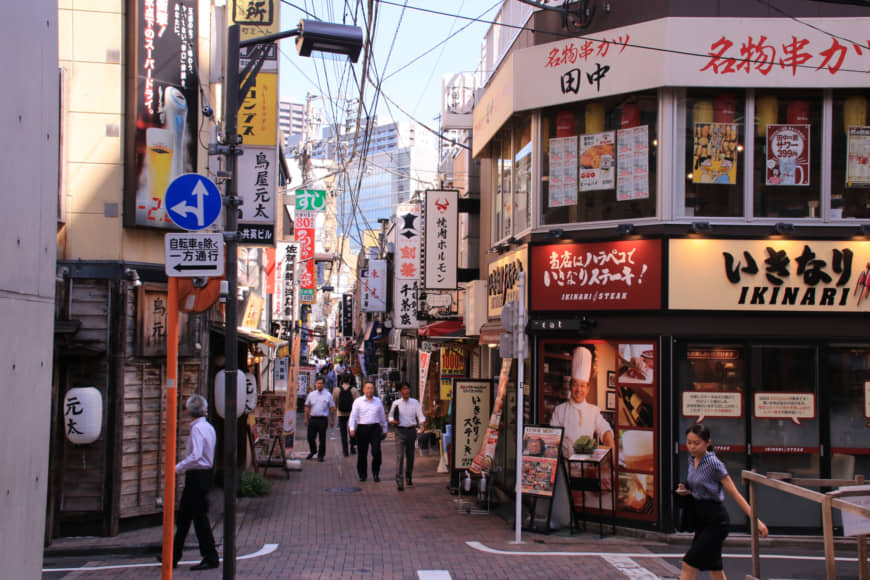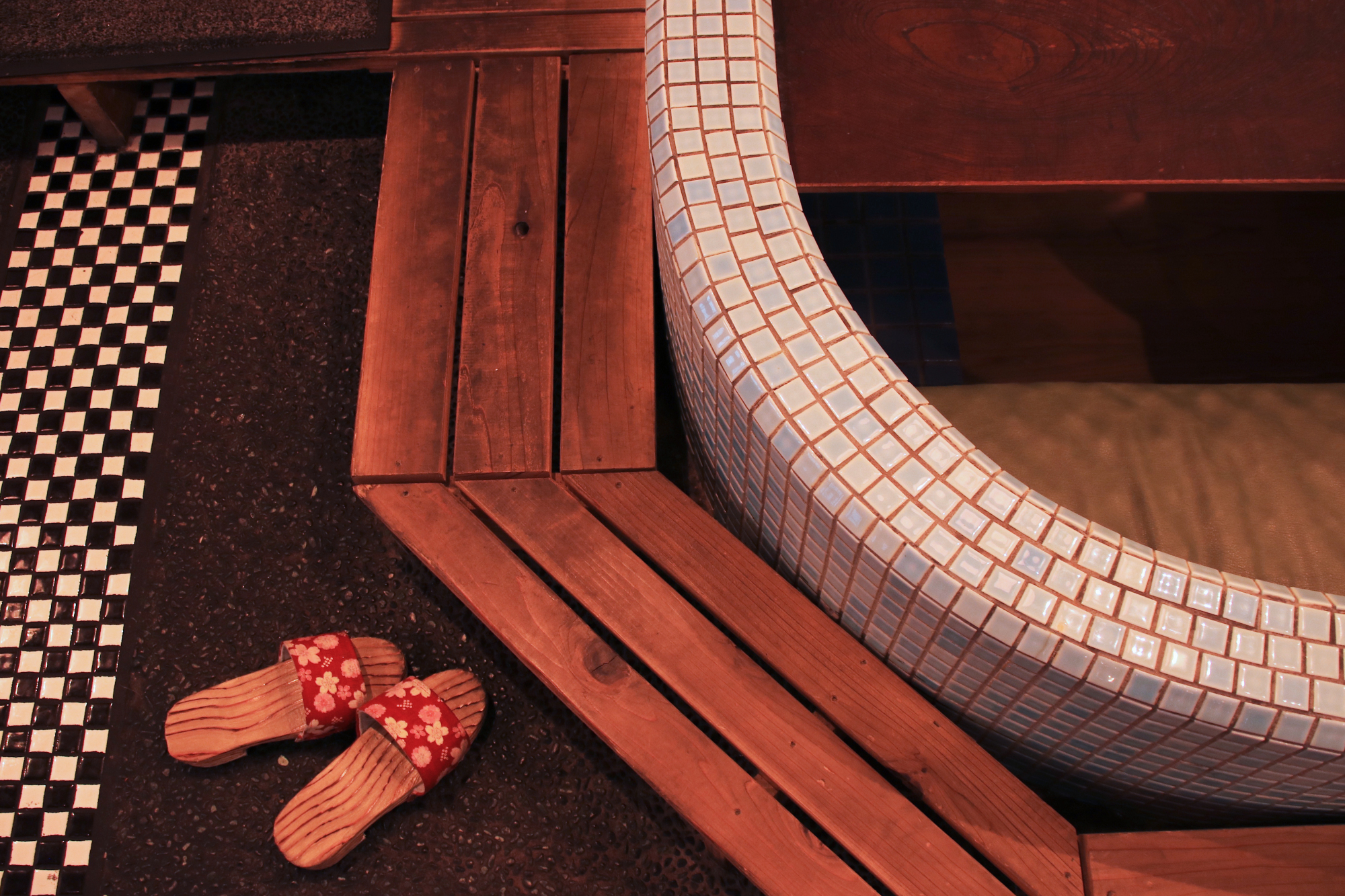A beloved friend of mine tells me that an old sentō (public bath) has been repurposed as a restaurant, somewhere just north of Tamachi Station. Reuse of traditional structures is something I wish Tokyo would consider more often to preserve its remaining architectural heritage and to provide visual warmth and texture to the urban landscape. I head off on a bright autumn morning to locate the former bathhouse.
Minutes from Tamachi Station, in an area of Shiba, I find a maze of weathered watering holes, chain restaurants, karaoke joints and gritty izakaya (Japanese pubs). Surrounded by Keio University, Toita Women's College, the NEC Corporation headquarters, three city hospitals and a few vocational training centers, the area looks like an east Tokyo version of Shinjuku's Golden Gai. I dub it Shiruba Gai (Silver Gai), combining the words "silver," "Shiba" and the Japanese verb "shiru" (to know).



















With your current subscription plan you can comment on stories. However, before writing your first comment, please create a display name in the Profile section of your subscriber account page.